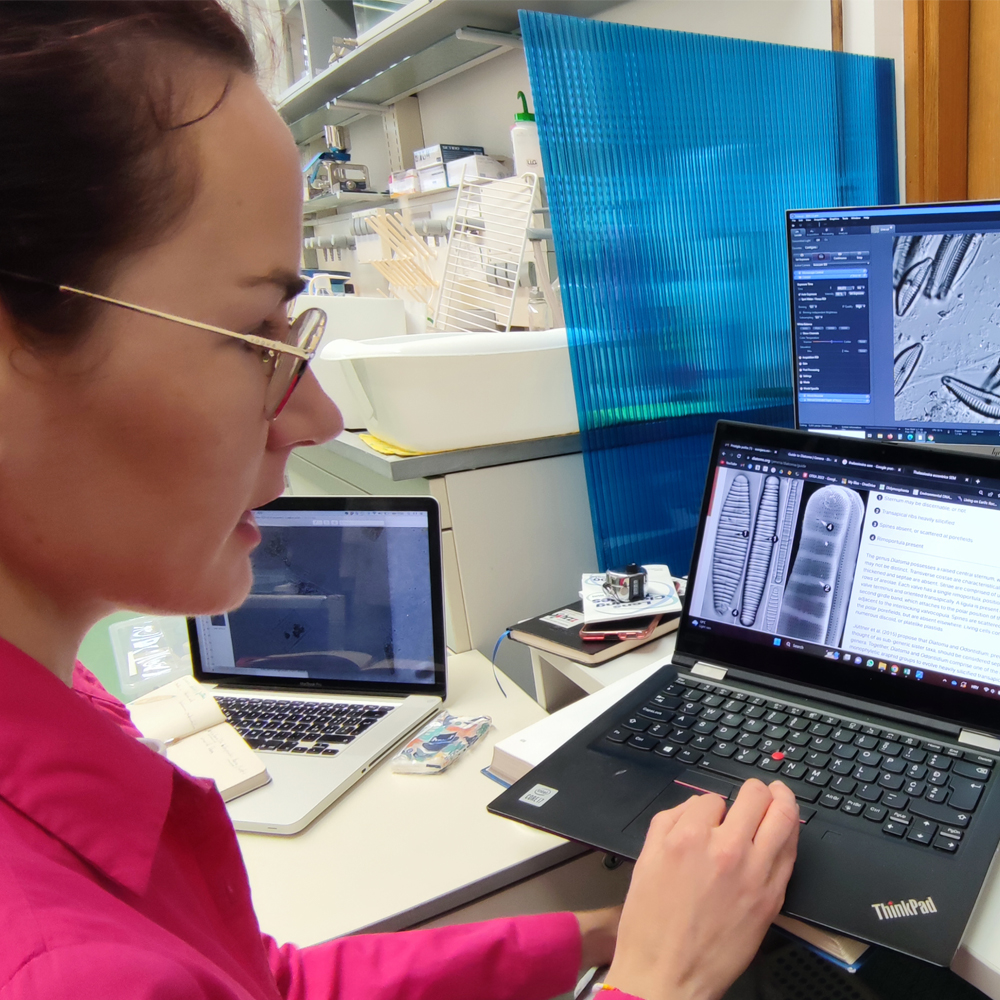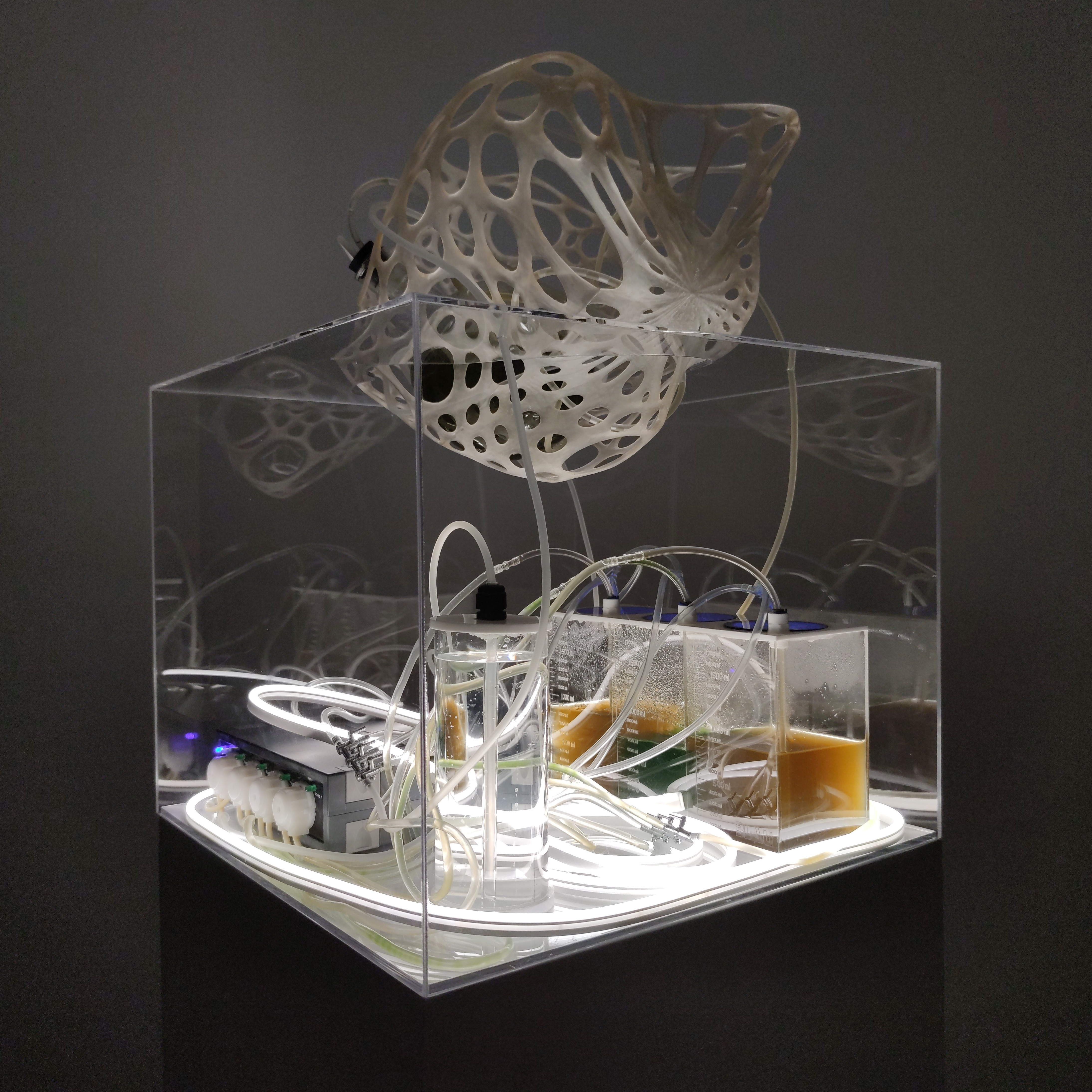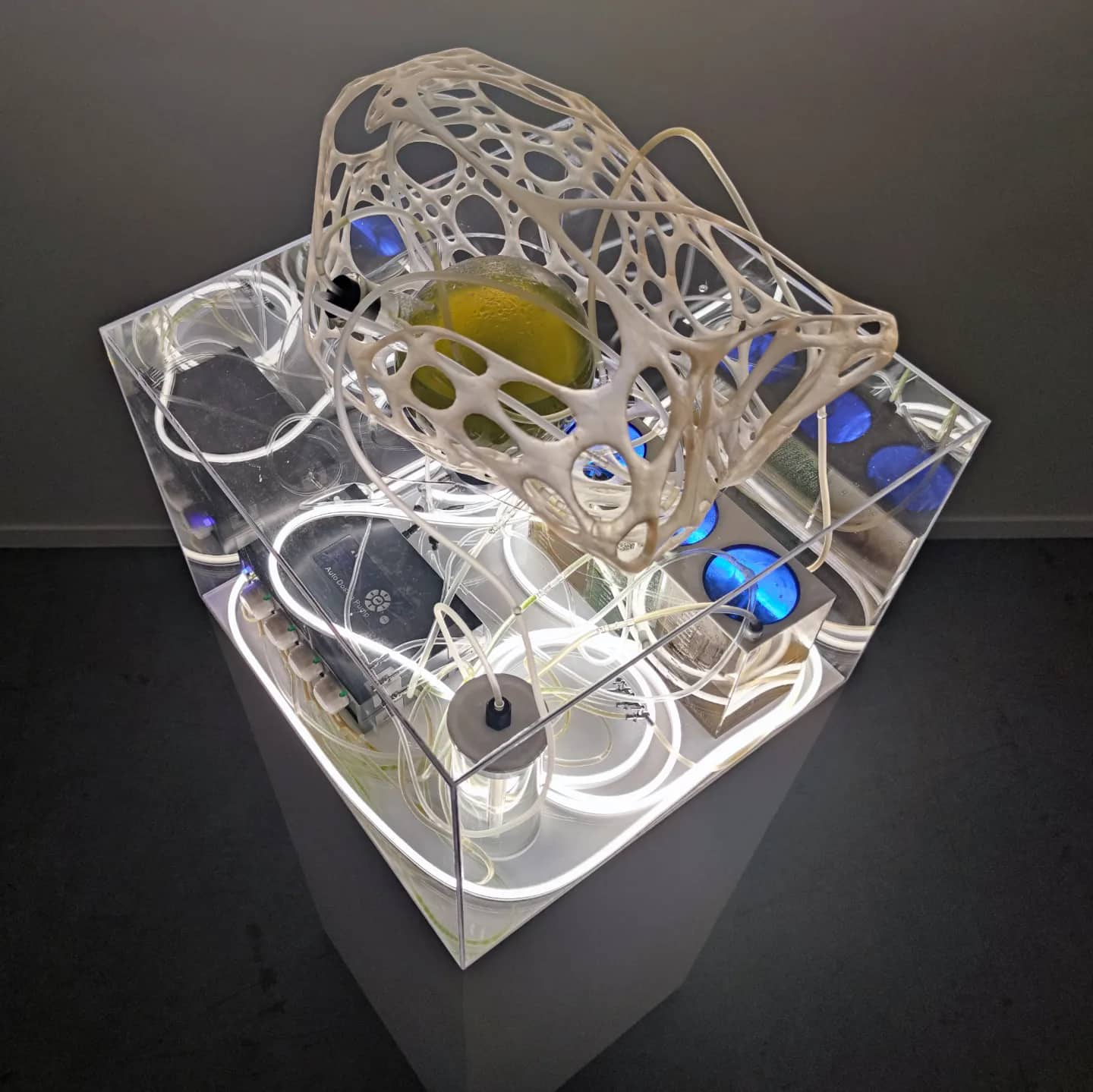The function of the invisible
(The research)
Remarking an invisible existence and allowing bodies of water to manifest.
©Fara Peluso - 2022
Supported by
KONTEJNER - Zagreb
Croatian National Diatom Collection of Zagreb
Art Laboratory Berlin - DIY Hack the Panke
Special thanks to:
MedILS - Mediterraneann Institute for Life Science in Split
Croatian National Diatom Collection of Zagreb
prof. Gligora Udovic, Mirela Šušnjara
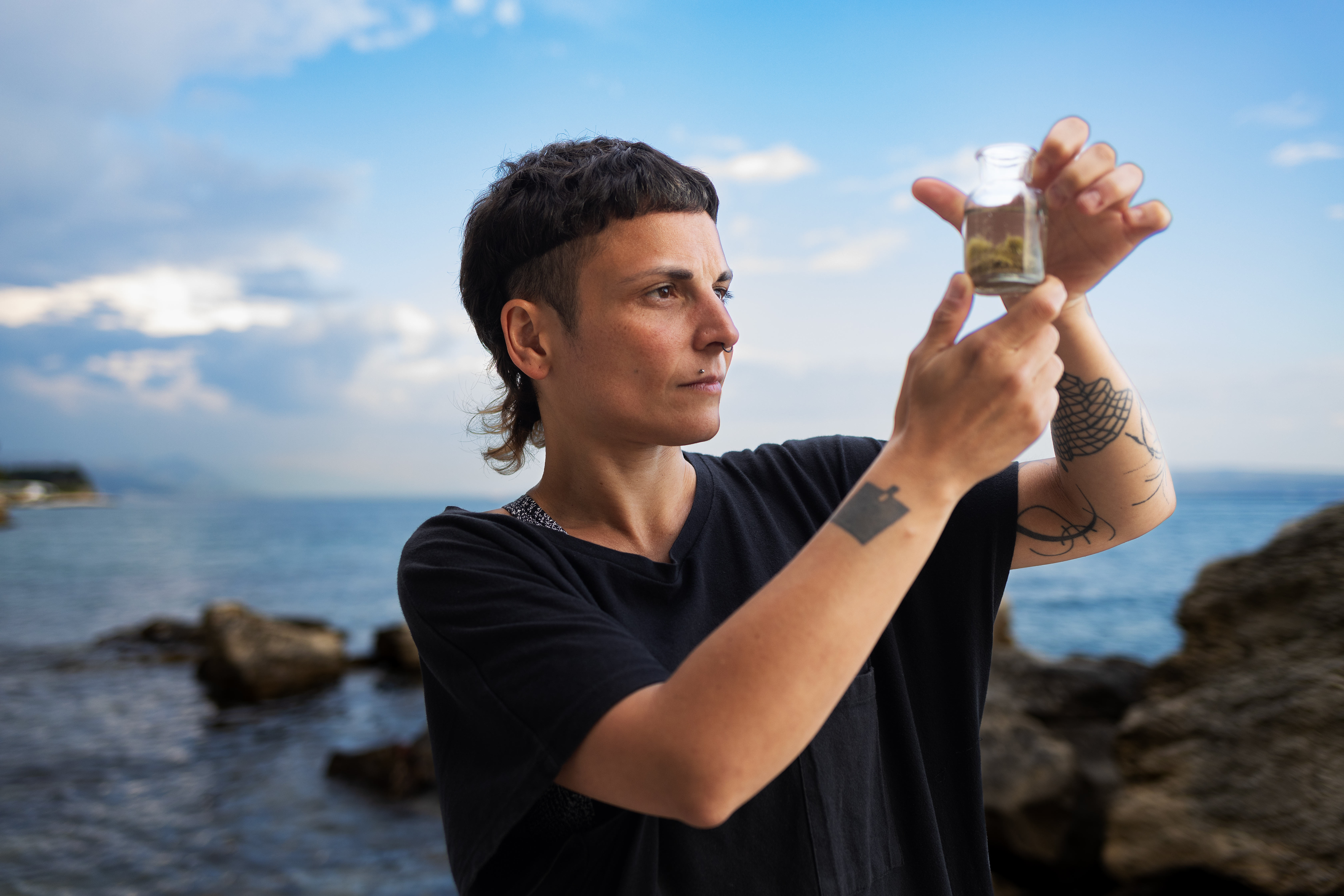
The function of the invisible is an ongoing trans-disciplinary researchthat I’m developing since years about the Diatoms micro-algae focusingon their ecology and the importance of their invisible existencefor the maintenance of a biodiversity and the life of many speciesincluding the human beings. The project is an artistic and scientificresearch which also aims to keep on developing several artworks asinnovative formats supporting research communities, sharing of experiencesand knowledges in public spaces.
Microscopy & Phenomenology
The research wants to explore the practice of microscopy combinedwith the philosophical idea of phenomenology. It questions how to dismantlethe anthropocentric lens proposing a cooperative practice ofmicroscopy beside the scientific ones of identification, classificationand taxonomy. Through this practice I constantly question my ideaof microscopy asking what is that this observation of almost invisibleexistences is teaching me being already aware that every small entityinhabiting this planet exists and that they are environmentally adapted,carrying a function, therefore they deserve a contextualized andsituated consideration and observation. From here the research moves towards a humanistic lens affirmingthat concepts like complexity, diversity and vulnerability can be relatedto this empirical practices questioning how they can contribute tochange the human social constructions towards model based on acceptance,empathy, maintenance and care.Because as soon as we allow ourselves to go deeper, understandingwhat is the function of the existence of these microscopic entities, wewill see that they have the role to keep an ecosystem in balance, functioningand therefore they hold a practice of caring.
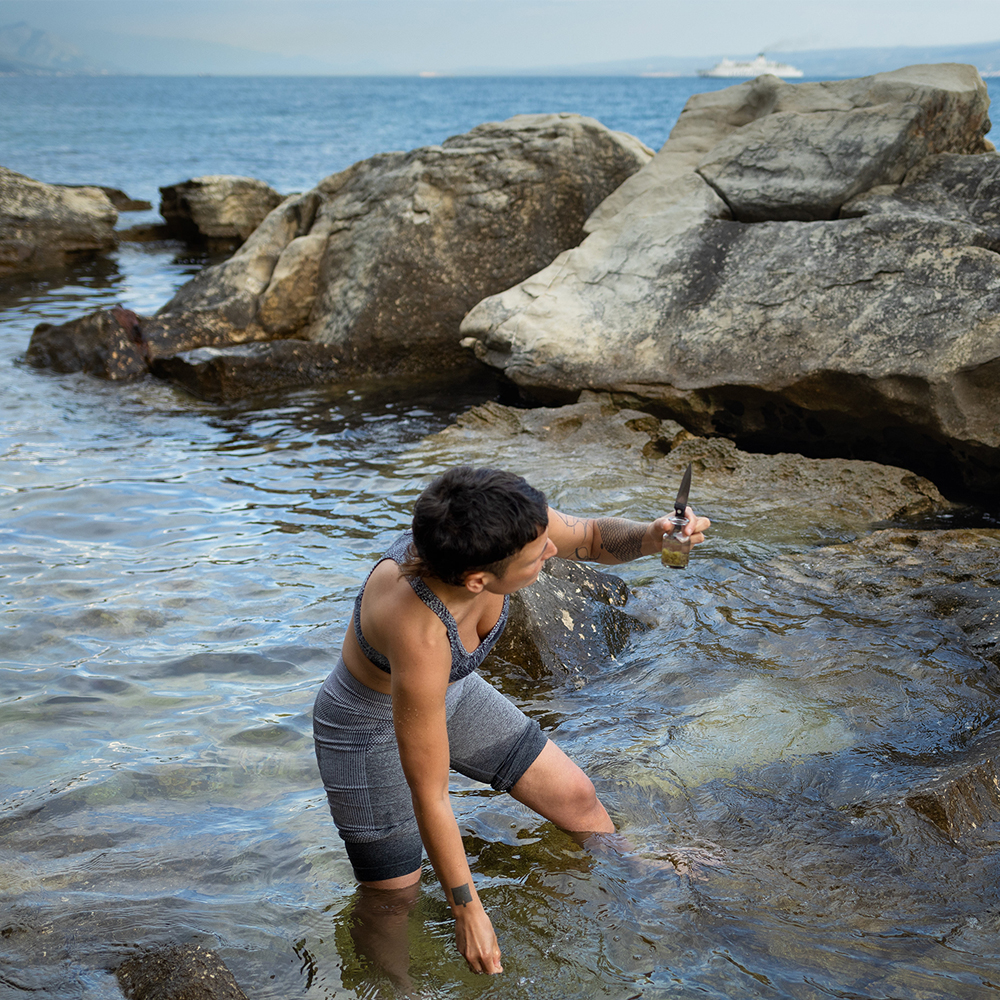
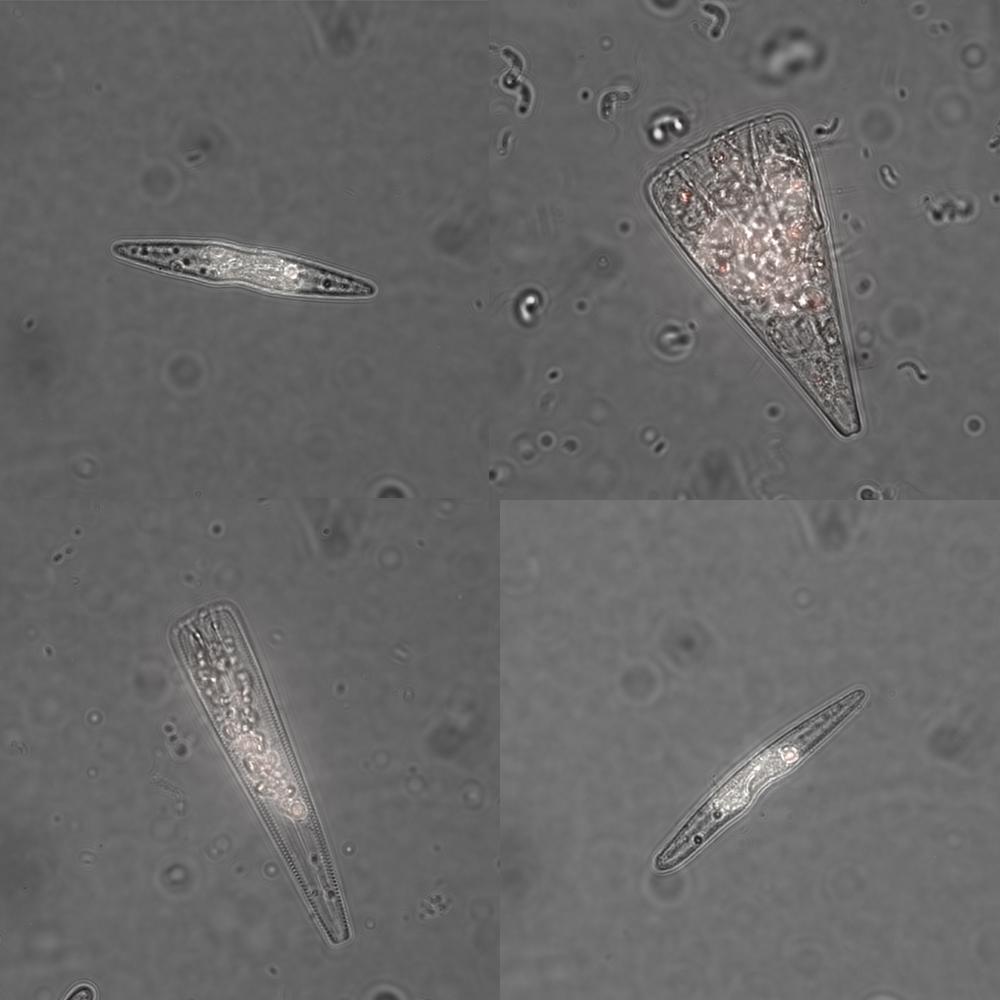
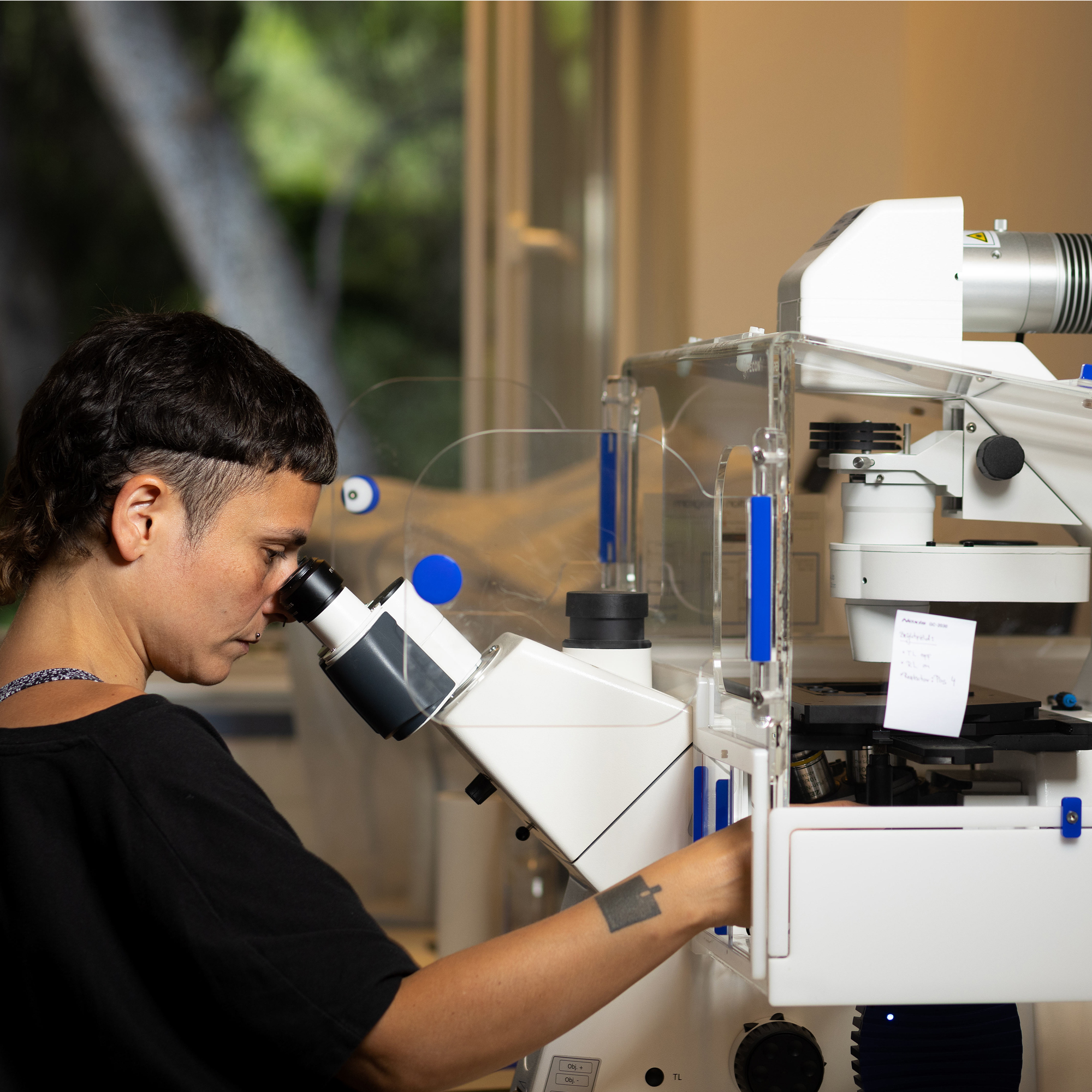
The diatom species
A DIY biology practice through activities of algae sampling and thestudy of their morphology has been possible thanks the support of ArtLaboratory Berlin, MedILS Split and the Croatian National Diatom CollectionZagreb (Berlin 2018 - Croatia 2023)Since 2108 the close collaboration with India Mansour (PhD biologist at FU Berlin) in the context of DIY Hack the Panke project has been Panke river in Berlin. Activities of sampling and microscopy has been fundamental for the study of the diatom living the water ecosystem of Panke river in Berlin. Activities of sampling and microscopy has been fundamental for the study of the diatom living the water ecosystem of Panke river in Berlin. Activities of sampling and microscopy has been processed together beside presenting formats of workshops and talks.Thanks to the support of Trajković and Sanda Raić from the MedILS studying in new Split it diatoms has been species possible living the to developnearby the seawater research zone of furtherthe institute observing them under their microscope facilities. We prepared slides for bright field microscopy to first check the possible presence of diatoms moving afterward to a first taxonomy identifica-tion. Thanks the support of the Croatian National Diatom Collection of Zagreb, meeting there prof. Gligora Udovic and the assistant Mirela Šušnjara was fundamental to identify the diatom specie from the Me-dILS sampling activity.
Theca the artwork
The term ‘theca’ is the first term I discovered related to the diatom’smorphology which is the one half of the diatom frustule, or structure,consisting of a bigger valve, the upper one, and the smaller which isthe bottom one. This has been source of inspiration for the developmentof the artwork ‘Theca’, which etymology from Latin means case.‘Theca’ is a ‘cyborg’1 sculpture, a hybrid living installation which existsthrough the coexistence of separated entities with algae diatoms, theirmaintenance through the interaction and the share of informationsbetween organic and inorganic matter, living and non-living entities. Apost-human feminist and artistic practice which shows how humansalways have been boned with diatoms organisms. The artwork has ahybrid identity because through the philosophical work of Donna J.Haraway about human&machine, human&animal relations it supportsthe idea that ‘a cyborg is cybernetic organism, a hybrid of machineand organisms, a creature of social reality as well as a creature of fiction’ (Donna Haraway).
